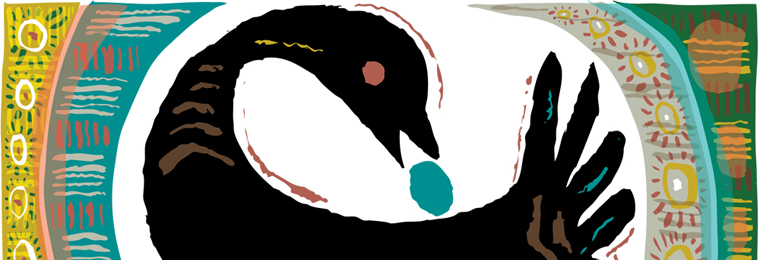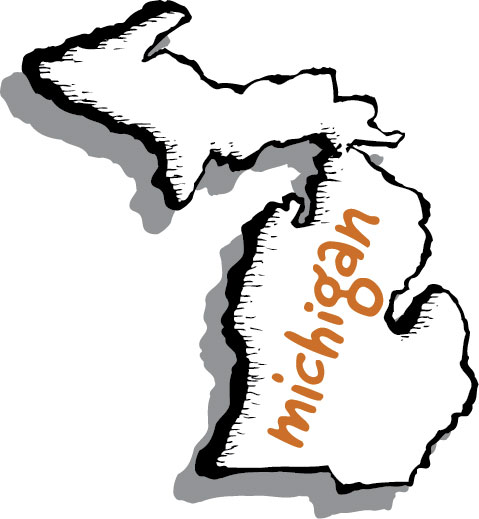A Condensed History Of African American Life In Washtenaw County

A CONDENSED HISTORY OF AFRICAN AMERICAN LIFE IN WASHTENAW COUNTY
The 9th Annual African American Foodways Dinner is happening this coming Tuesday, January 14 at 7pm at Zingerman’s Roadhouse.
 1. Free black Michigan settlers
and the Underground Railroad
1. Free black Michigan settlers
and the Underground Railroad
In 1827, Jacob and Berthena Aray arrived in Pittsfield Township with their 4 children, purchased 160 acres, and became one of the first free black families in Washtenaw County. The Arays were successful farmers. Their son Asher Aray became a brave Underground Railroad conductor who on one occasion hid 28 freedom-seekers for a day on his farm, then transported them safely by night to Detroit, the last stop before crossing the Detroit River to Canada. The Underground Railroad was a network of secret routes, hidden places, determined citizens, and self-liberated people of color seeking freedom. Two essential routes to Detroit and ultimate safety in Canada crossed in Ann Arbor and Ypsilanti.
2. Anti Slavery Actions
Prior to Michigan’s statehood the Michigan Anti-Slavery Society was established in Ann Arbor in 1836. Asher and James Aray were some of the very few local black Americans who were members. The Society actively recruited members and hoped to appeal to the moral values of citizens who were not sympathetic to the anti-slavery cause. One way of achieving this was publishing a national, weekly newspaper, The Signal of Liberty. From 1841-1848, Guy Beckley of Ann Arbor and Theodore Foster of Scio Township edited the paper in an upstairs office on Broadway St.
3. Spiritual
The first African American Church in Ann Arbor, The Union Church, located at 504 High Street, was organized around 1854. Their minister John Wesley Brooks, a former slave, won his freedom in the courts of New York before arriving in Washtenaw County about 1830. Shortly after the church was organized, the congregation split into what would become Bethel AME Church and Second Baptist Church. Rev. Brooks would become pastor at Bethel AME Church, eventually building its first permanent building on 4th Ave. Second Baptist would build its first building a few blocks away at 5th Ave and Beakes St.
4. Community
Formed in 1901 The Ann Arbor Women’s Federation was the oldest black Women’s society formed for charitable purposes. The Colored Welfare League was organized in 1931 for the purpose of buying and selling real estate, cultivating and developing land and operating a community house. They purchased a three-story building at 209 N. Fourth Ave. The Dunbar Community Center established in 1923 was one of the most important factors in the development of constructive leisure, social and job skill development and academic support.
5. Racial Environment and Politics
In 1931, the Torch Murder Case brought a lynch mob to the courthouse square in Ann Arbor. In 1957 The Human Relations Commission was created to obtain and insure equality of treatment for all citizens of Ann Arbor. The commission found dis- crimination was rampant in housing and employment and that non-white residents were trapped by street and racial boundaries. Records from the NAACP highlight the ongoing housing battle in Ann Arbor. The Fair Housing Ordinance initially voted down in 1961 eventually passed in 1964.
6. Military
In 1864, The 1st Michigan Colored Regiment becomes the 102nd United States Colored Troops when it joins the Civil War battle with Union troops. Approximately sixty-five of Washtenaw County’s finest joined. Some of these heroes are buried with their white comrades in Highland and Fairview Cemeteries.
7. Educational and Professional Pioneers
- Malinda Russell publishes A Domestic Cookbook in Paw Paw, MI, the first by an African American woman, 1866
- George Jewett, first African American football player at U of M, Northwestern, and Big Ten Conference, 1890
- Coleman Jewett, Ann Arbor Public School administrator, entrepreneur, and athlete. Jewett Street is named in honor of family
- Rosemarion Blake, first African American hired in city office in a non-custodial position
- John Burton, Mayor of Ypsilanti, 1967
- Albert Wheeler, first and only black mayor of Ann Arbor, 1975
- Sy Murray, first black city manager of Ann Arbor
- Willis Patterson, first African American professor at U of M School of Music
- Harry Mial, first African American principal for Ann Arbor Public Schools at Northside school
- Joetta Mial, first African American and female principal at Huron High School
8. Business Leaders & Entrepreneurs
- According to “A Study of the Negro in Ann Arbor, Michigan” by John Burgess [ca. 1931] there were 5 barbershops, 4 restaurants/catering shops, 2 pool rooms, 1 second hand furniture store, 1 antique shop, 1 shoe shine shop and 6 hairdressers/Beauty Shops.
- The Ann Arbor Foundry opened on N. Main St. Co-owned by Charles Baker, an African American, and Tom Cook, a Russian Jew. Very progressively they actively shared profits with their staff. The business and their partnership survived until 1972.
- Resident Gwendolyn Calvert Baker was chief of minority and children’s programs under the Jimmy Carter administration for the National Institute for Education, 1978 and the first African American female executive of the YWCA, 1984.
9. Education: Jones School
In 1931 there were 150 Black children enrolled in Ann Arbor Public Schools. 22 attended Ann Arbor High and 109 attended Jones Grade and Junior High schools. The closing of Jones School in September 1965 was the first major act of the Ann Arbor Board of Education to reduce segregation in city schools. At the time, an advisory committee recommended that no school have a population that was more than 25% black. The closing of Jones School had the effect of reducing school segregation in the Ann Arbor Schools while it also broke a community system. In 1920 the University of Michigan Negro-Caucasian Club formed to improve race relations and had a few lunch counter sit-ins
10. Social and Recreation
Elks Pratt Lodge was chartered in 1922. It is the oldest lodge of its type chartered in the state of Michigan and one of the oldest in North America. Many of the men were Canadian whose ancestors were former slaves. The Elks Pratt Lodge introduced the French Dukes Precision Drill Team. They marched in President Nixon’s Inaugural Parade and were nationally known.
Thanks to Deborah Meadows, Joyce Hunter, and Bev Willis for helping us put this together!
Learn more about the African American Cultural and Historical Museum of Washtenaw County. See plans for their future permanent home at 1528 Pontiac Trail, book a spot on one of their upcoming Underground Railroad tours and make a donation to help preserve this important part of our community heritage!




Zingerman’s Art for Sale